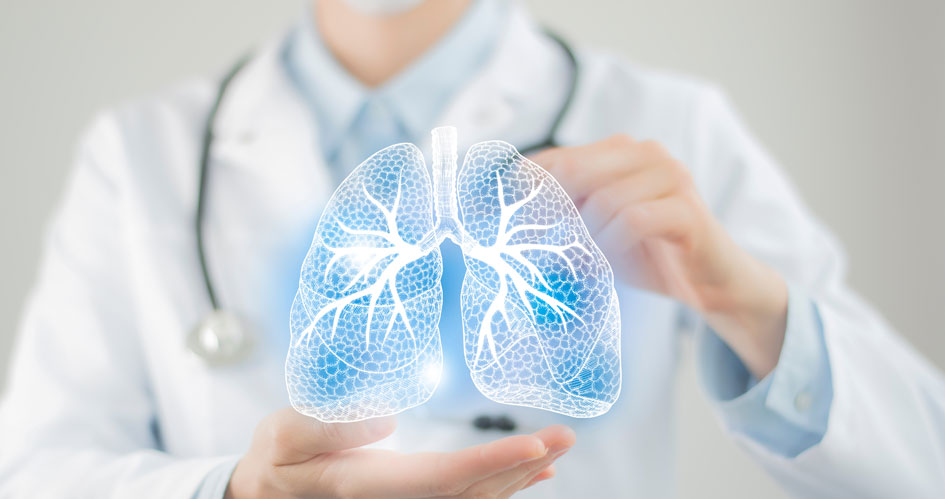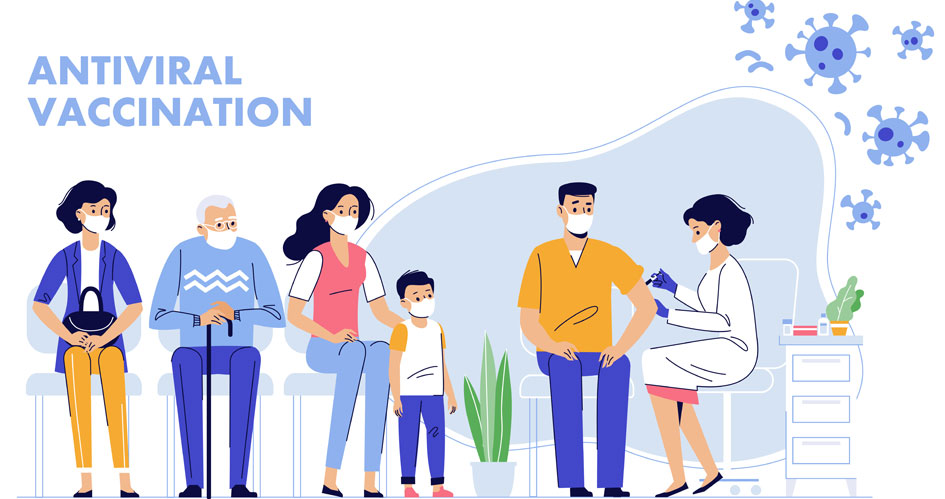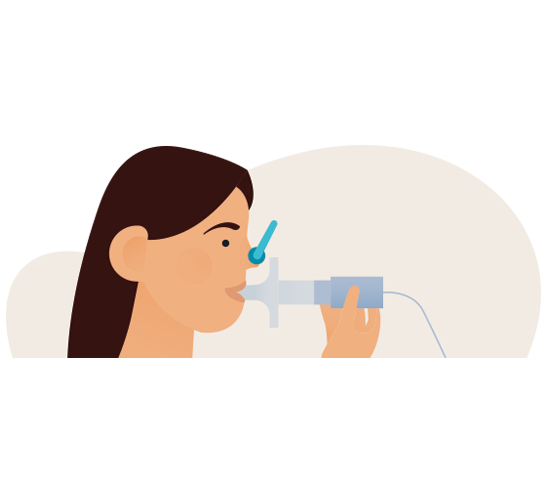Humanity against 21st Century Pandemics:
A Difficult Lesson
The emergence of a pandemic depends on the random occurrence of a natural event, requiring the close contact of three different animal species. The virus from the first animal species infects an intermediate species (host), which is usually a mammal, often a pig. The original virus reorganizes genetically in the host’s body, acquiring some of his genes, resulting in the creation of an entirely new, newly emerged virus, which, in the case of close contact with the third species, another mammal such as humans, infects it. Since it is a newly emerged virus, the human species does not have antibodies, hence no means of defense, no immunity (individual or herd immunity), which explains the high potential of this specific virus to cause a pandemic.
In our case, the initial bat virus genetically reorganized in the body of an intermediate animal, creating the new virus, SARS-CoV-2, which then infected humans in the wet market of Wuhan in China, around the end of 2019. However, we still do not know which animal species played the intermediate host role.
Of course, this is not the first pandemic humanity has faced.
In the 21st century, we already have experienced some pandemics, such as the influenza pandemic (2009) and the even more recent pandemics SARS-CoV-1 (2003) and MERS (2012).
Although there is currently no predictive model as to when a new pandemic will arrive, there is, however, a significant correlation with the modern way of life, in the sense that we have created the appropriate conditions that make the random phenomenon of the creation of a pandemic virus much more likely and frequent, while additionally favoring its faster spread: globalization, environmental destruction, displacement of many animal species from their natural habitat, climate change, human intrusion into areas that bring them into contact with new animal species and microorganisms they would not encounter otherwise, intensive agriculture, intensive livestock farming under extreme conditions, as well as the so-called wet markets, like the one we recently saw in Wuhan.
The current pandemic therefore sounds yet another alarm bell; three others preceded it, which we seemingly ignored. It is up to us, albeit somewhat late, to use it as a practical lesson, so that we can both control the spread of the disease (COVID-19) more quickly and be properly prepared, knowing in advance how to behave correctly in each subsequent epidemic. I recall the case of Singapore and Hong Kong, which, with the experience of managing SARS-CoV-1, acted very quickly, adopting all the appropriate measures early on, thus managing to control the current pandemic immediately.
A pandemic brings to society as a whole, besides the heavy health burden of morbidity and loss of life, additional multi-level stress. Today, in the midst of movement and social interaction restrictions, citizens are constantly bombarded by the scaremongering of some media, the monotonous listing of cases and deaths, and misinformation from social media, resulting in unprecedented anxiety and insecurity, regardless of their individual health and that of their broader environment. Seeking objective information becomes a demanding struggle. Additionally, they are called upon daily to process the continuous flow of a huge volume of scientific information, with sometimes conflicting opinions, as for the first time research activity reaches the public prematurely, before its scientific validity is secured.
At the same time, the disease itself, new to the medical community, is treated in clinical practice differently, depending on the knowledge acquired, while not all its aspects are precisely known yet.
The global community faces a complex problem, the data of which it discovers along the way. For some, the solution seems distant or impossible.
However, even the half-empty glass is always half-full with certainty.
Trapped in our homes, we have the impression that everything has stopped, but the truth is that everything is moving rapidly. We have not yet realized that the future is already here, perhaps faster than it would have come without the pandemic.
Historically, pandemics, just like world wars, have always acted catalytically, so that besides their undoubtedly tragic imprint, they have served as springboards for changes and pushed humanity to adopt innovations more quickly.
Returning to today, I remind you of the rapid implementation of digital technology in all our activities, which allows work, learning, and electronic transactions remotely, the applications of Artificial Intelligence in various fields, as well as the achievements of genetics and biotechnology that quickly decoded the virus’s genome and gave us diagnostic tests and potential vaccines in a time that 10 months ago would have seemed like a ludicrous joke. I also remind you of the recent mission to Mars, which was overshadowed by the pandemic data. It is no coincidence that NASA named the robot it sent to Mars Perseverance. The solution to any mathematical or other problem is achieved with calmness, logic, understanding of the data, and perseverance.
So, armed with optimism, patience and properly implementing all protective measures, we will give time to the health systems to operate within their limits without collapsing, to the state to plan the environment for economic recovery, and the international research community to reach the much-desired solution of the vaccine and vaccination. A significant difference between the current pandemic and that of 1918 lies precisely in the prospect of a vaccine against the new coronavirus, which will be available in the near future. Vaccination is undoubtedly the most effective, safest, and most economical method of prevention. Getting informed with documented scientific data from credible sources guarantees protection from conspiracy theories, hesitancy, and skepticism cultivated about vaccines from sources of dubious reliability. At this point, it is worth emphasizing how particularly important it is to continue regular vaccinations of children and adolescents even during the pandemic, to maintain the benefits that decades of vaccination programs have yielded.
Public Health is a valuable good that every intelligent person and developed society should not only protect but also upgrade, as health is a prerequisite for prosperity, progress, and social and individual well-being. The adoption of masks, social distancing, personal hygiene, and then vaccination is a behavior of high responsibility, indicating an understanding of the special circumstances and rendering the respect due to the medical and nursing staff and all those struggling to secure one more hospital bed for any one of us and not how and if we will celebrate the holiday parties.
ANNA S. TZORTZI MD, FCCP
PNEUMONOLOGIST










